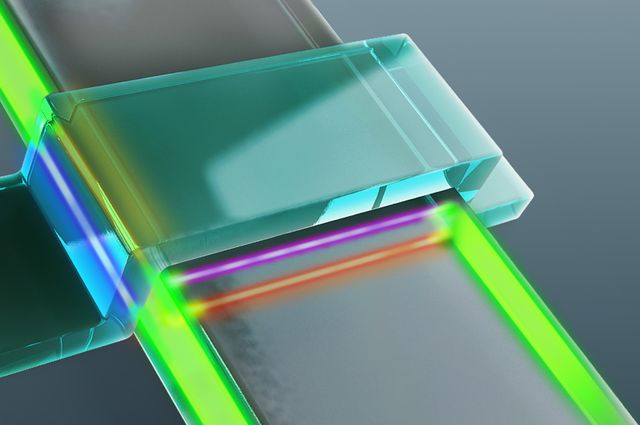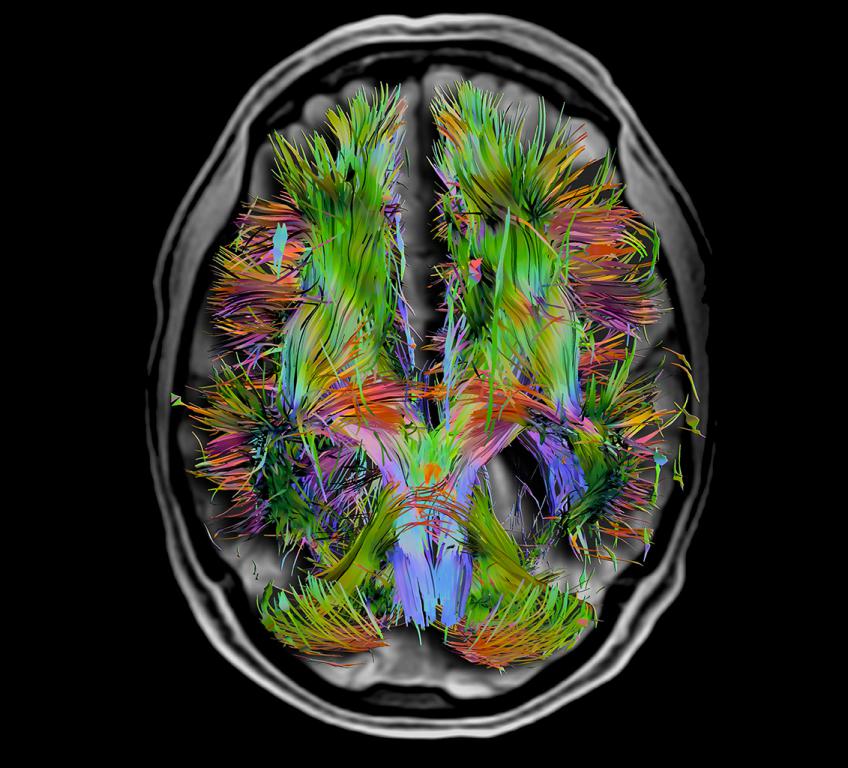First predicted in 1937 by the Italian theoretical physicist Ettore Majorana, a UCLA research team may have found evidence that indicates the existence of the Majorana particle. Such a discovery is important to quantum computing as the long sought particle, and it’s theorized zero charges, would make a fantastic building block for qubits.
The Majorana particle uniquely acts as its own antiparticle, resulting in no electrical charge, and is heavily favored for making up the base of a qubit, or quantum bits, that comprise quantum computers. Qubits can exist simultaneously as a 1 and a 0 giving it a computational speed greater than that of traditional computing bits.

Using a neutral material like the Majorana particle means that it will not react with external factors or interference and would make the quantum entanglement at the core of quantum computing possible.
The experiment, the details of which were published in the journal Science, required the use of a superconductor, a non-resistant material, and a thin insulator. The engineer and science team generated a magnetic field over their materials and a specific pattern, a quantized mark that could only be made by Majorana particles, appeared.
Qing Lin, a UCLA scholar and co-lead author of the paper, describes the behavior as “like halves of an electron.” The particles made a pattern resembling a braid along the edge of the insulator. Lin said, “We observe quantum behavior, and the signal we saw clearly showed the existence of these particles.”
Next, the researchers hope to use this discovery to study the Majorana particles further and their abilities, especially as far as it concerns their potential to knit together for possible use in quantum bits.
More News to Read
- What type Applications We need for Quantum Computers?
- Researchers Develop 4D Cameras with Extra-Wide Field of View That could Improve Robotic Vision…
- Martian Moon Phobos Makes Guest Appearance in Hubble Photos of Mars
- Accidental Discovery of new Method for Creating High-Energy Shockwaves that Accelerate Astrophysical Particles
- Mathematical Algorithms Reveal New Information About Aggressive Breast Cancer











